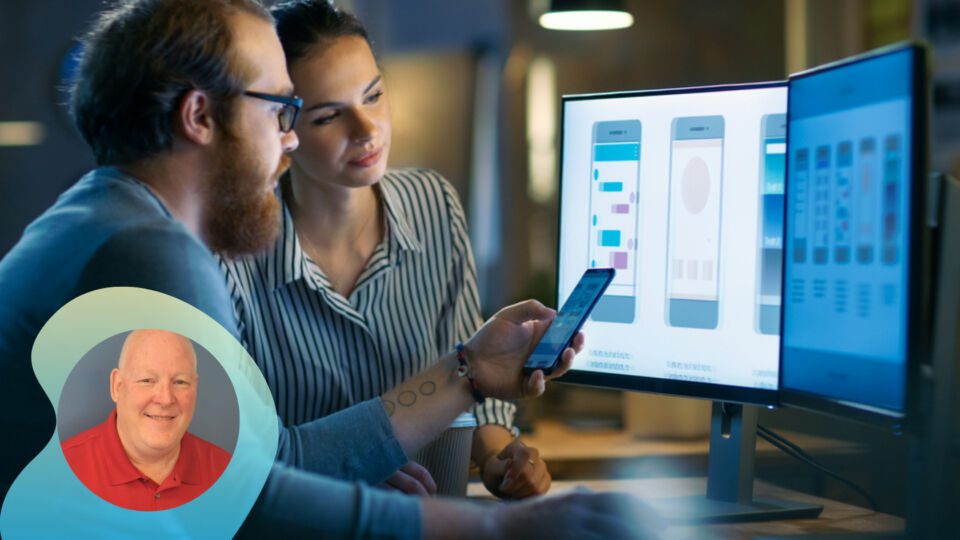Thanks to the trending demands of consumers and the acceleration by COVID, retail brands are rushing to improve their ecommerce experience. Easy shopping, purchasing and returns are essential and competitive advantages in most cases.
This emphasis on the ecommerce experience has resulted in many organizations implementing and integrating new enterprise retail applications. Testing these apps before the go-live is a critical (but sometimes minimized) part of any project.
Let’s take a look at the main testing phases to help you better prepare and execute your ecommerce objectives.
The Phases of Retail Application Testing
For most significant technology projects, retailers choose a system integrator (SI) to lead it. Testing begins after the SI configures the application to meet your business needs. These are the typical testing phases in an enterprise retail technology project:
- Functional (or unit) testing
- Integration testing
- End system testing
- User acceptance testing
Functional (or unit) testing phase: The functional testing phase is when you “prove” whether the app configurations work with your business processes. If functional testing reveals problems with configurations, then you must decide whether to change your processes to match how the application operates, or to invest in modifications.
A modification can be big or small; anything from changing an application process to adding a data field within a screen. Mods may be necessary, but they also carry a risk, as they may not align with the vendor’s future app upgrades.
Once the configurations and mods are working the way you want them to, the application is “built.”
Integration testing phase: The integration phase tests whether the retail application works with other systems, such as ecommerce, POS and merchandising. For example, this phase confirms that all data types are the same between systems, such as a number, date/time, long text, currency, etc. If the data from the current system is in U.S. currency and uses the dollar sign ($) and two decimal places, it has to match the format in all other systems.
You and your SI will test whether data flows correctly. You’ll make sure the data is showing up as expected and that the reports match up with business needs.
End system testing phase: Now it’s time to test the system from beginning to end. Does the application work the way you expect, from the start of a task to its completion?
Take a look at your most essential processes, like item creation, creating POs, receiving, POS, etc. and see how the data flows across all your applications. For example, when the application knows there are goods in the warehouse, it should update merchandising on hand and on the commerce site.
User acceptance testing phase: When the end-to-end testing looks good, you can move to user acceptance testing (UAT). This is your last check before the project goes live.
Your SI can provide guidance with UAT, but this phase will be owned by your organization. At this point, you’ll bring in more employees who will test their tasks and work within the new application. Typically, these are functional people or core leads.
The employees will test and confirm that the granular details are correct: Are the menu options where they should be? Are roles and permissions accurate?
This phase rarely goes 100% perfectly! Be prepared for adjustments and re-testing. It’s not uncommon to retest each phase a few times.
Retesting During a Version Upgrade
Retailers with on-premise applications usually choose when to upgrade. But if you have a cloud-based application, you’re probably on the vendor’s upgrade timeline.
Whether you have on-prem or cloud, testing should be done each time there’s an upgrade. Don’t forget to test your modifications too, in case they need to be redone.
Cloud-based providers will have a test environment where you can test your configurations and mods. On-premise upgrades also require testing, so ensure your on-prem test environment looks like the real thing before you begin.
Once you’ve identified what’s changed with the upgrade, start your testing over from the beginning: the functional, integration, end-to-end and UAT phases.
Keep in mind that if you get too far behind on upgrades, the version differences will be so large that you could face a full implementation rather than an update.
Testing with your System Integrator
There’s a lot to test with a new application, yet you won’t be able to test every possible situation. Work with your SI to identify high, medium and low priorities before launch so that you can be realistic with your expectations.
ArMand Nelson is director of retail strategy at BTM Global, a provider of development and integration services for Oracle Retail and NetSuite solutions. An experienced IT leader with expertise in retail technology and services, Nelson leads special projects for BTM’s practices, collaborates on strategic growth initiatives, and ensures BTM services and solutions align with clients’ technology and business objectives. He is the former President of the Oracle Retail Users Group and IS Director of Applications and Service Delivery at Gander Mountain.




